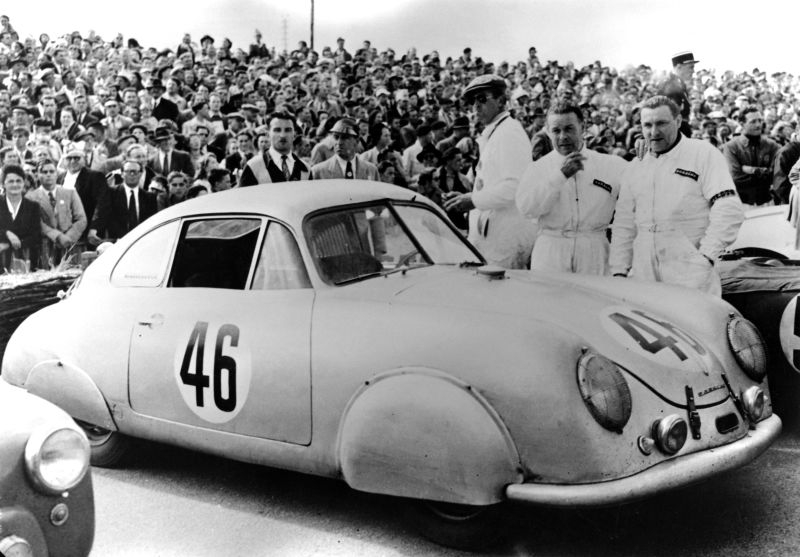The Evolution of Porsche: From 356 to Mission E
Introduction
Porsche is a brand synonymous with performance, luxury, and innovative design. This article explores the evolution of Porsche through its iconic models, detailing the advancements that have defined the company’s illustrious history.
The Birth of a Legend: 356

Set into motion in June 1948, the Porsche 356 marked the beginning of the brand’s journey. The 356 was a product of robust engineering, captivating the market with its performance and design.
Advancing Through the Decades

With the launch of the 356 A Convertible D in 1958, Porsche’s design language continued to evolve. This model showcased craftsmanship by renowned German coachbuilders Drauz.

The Porsche 356 C, introduced in 1964, was notable for its innovative four-disc brake system that enhanced performance and safety, setting new standards in the automotive industry.
Iconic Models Emerge

The Porsche 901, later known as the 911, debuted in 1964, changing the course of sports cars forever. Its distinctive design and rear-engine layout offered an exhilarating driving experience.

Continuous Innovation
Throughout the 1970s, Porsche focused on refining the 911 with the G, H, I, and J series, enhancing both performance and design. Models from this era are still celebrated for their integrity and enduring appeal.

The Modern Era: Electrification

The unveiling of the all-electric Mission E signifies Porsche’s commitment to sustainable mobility while maintaining performance excellence. This model embodies the marriage of luxury and cutting-edge technology.
Conclusion
Porsche’s history is a remarkable narrative of innovation, performance, and luxury. From the classic 356 to the revolutionary Mission E, each model represents a milestone in automotive excellence, solidifying Porsche’s status as a leader in the sports car segment.




